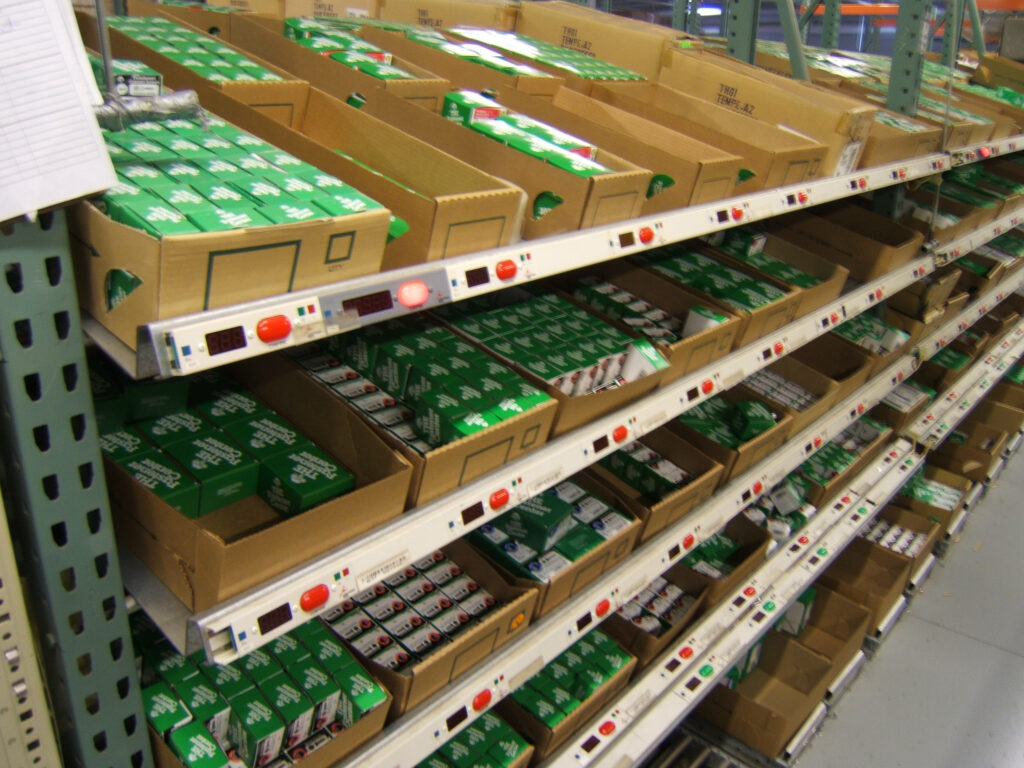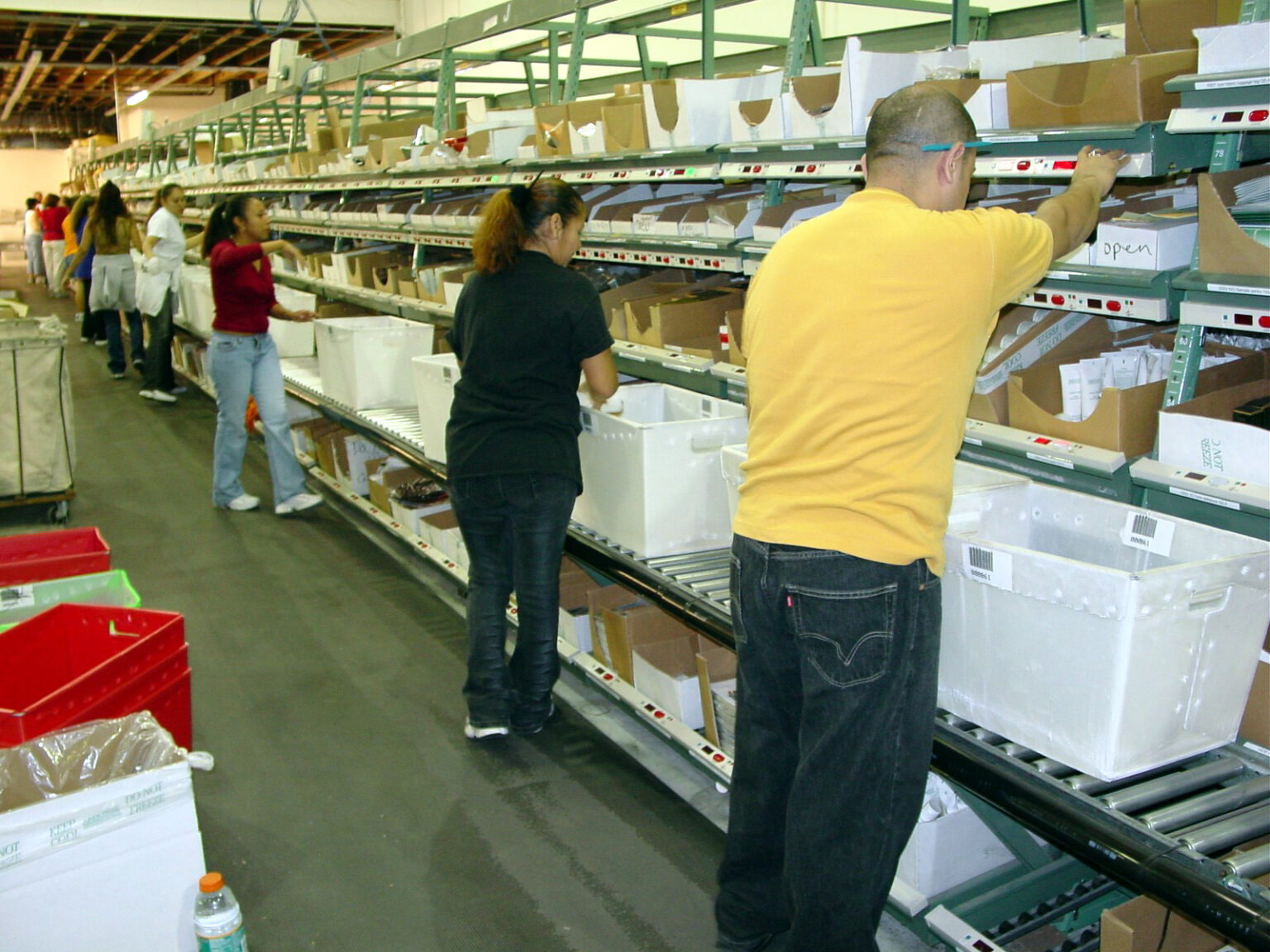Before
- This customer planned to expand production due to increased order volumes.
- A new DC was planned and they expected to increase productivity with real time communications with WMS.
- Inhouse IT staff less to oversee the project.
After
Our system improved customer’s productivity by 35%
- Orders per day increased by 300%.
- Productivity increased by 35% over the old facility paper picking.




